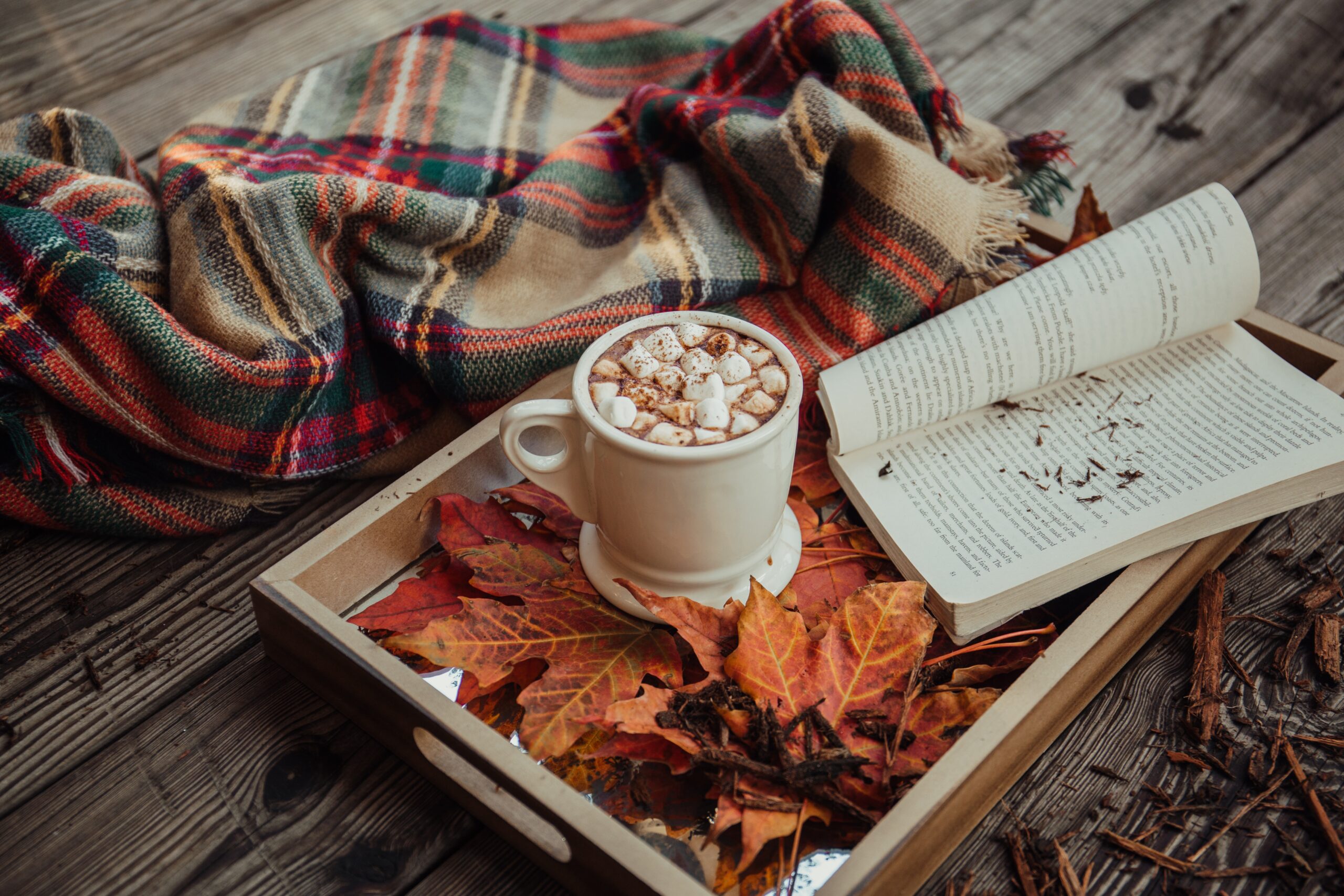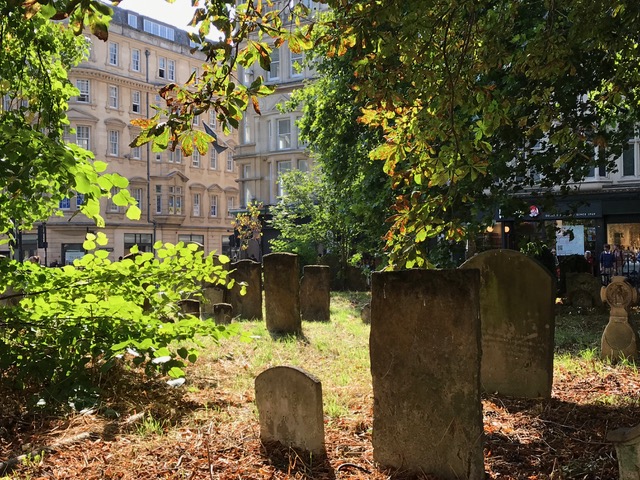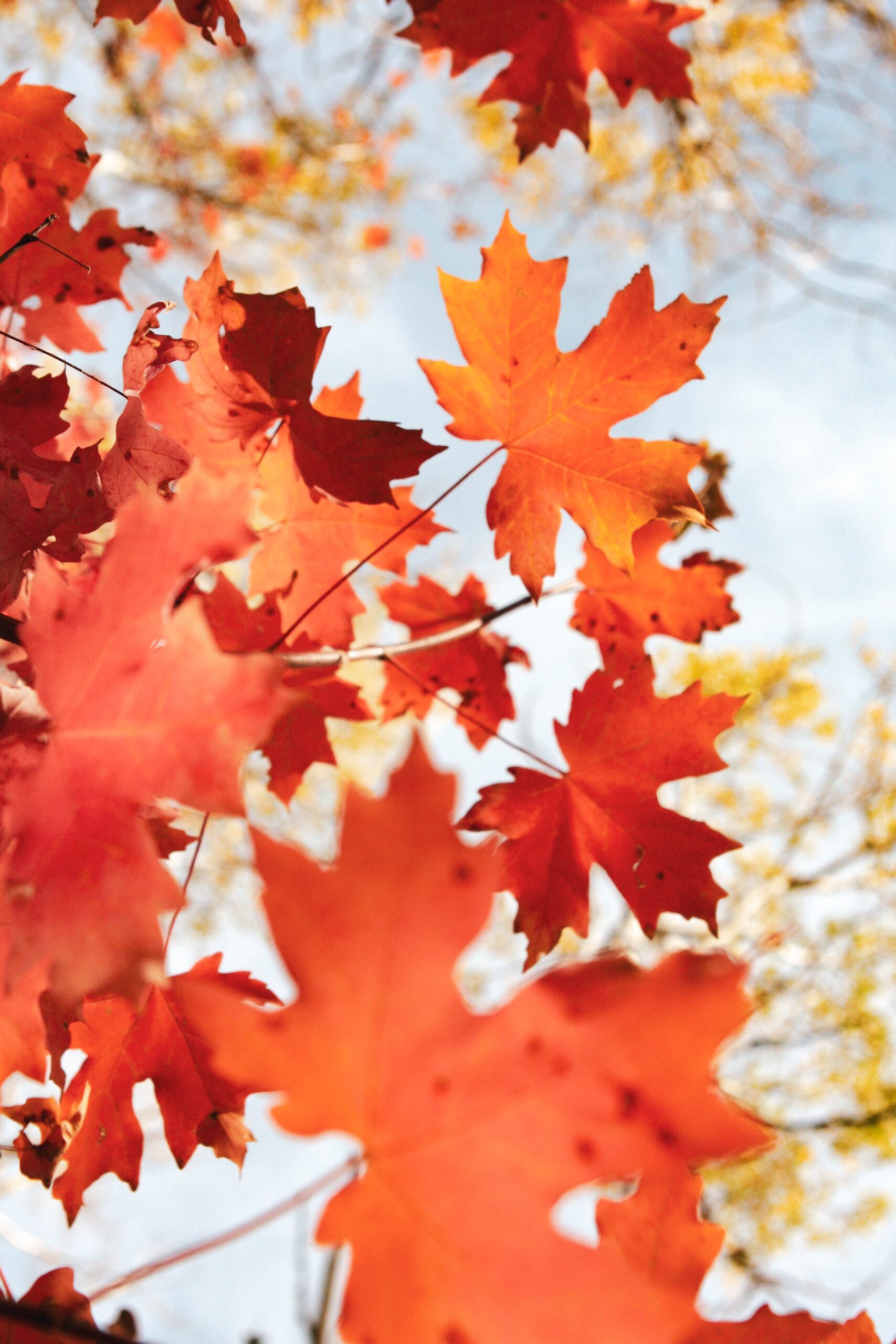THE PACE OF CHANGE in our world has been dizzying of late and, as I often do when I feel unmoored, I’ve been taking comfort in seasonal rituals. There’s something that feels so right about tuning into the divine rhythms of the seasons, the ones set in place to remind us as humans that whether we like it or not, we live in a constantly changing world.
Our planet spins every second of our lives, whether we’re aware of it or not. Flowers and trees grow, flourish, flower, fruit, die back, and then—miraculously—come to life again in the spring.
Though I struggle sometimes with the darkness and, let’s be honest, the amount of rain we endure in Pacific Northwest winters, I realize I wouldn’t want to trade living in a place where the seasons change to live in a kind of endless summer in California or Hawaii, as beautiful as those places are. I love summer, but after trying to keep up with the hectic pace of growth in the garden, I’m ready to go inside, swipe the cobwebs out of the corners of my house, and settle down in my favorite spot on the couch with a stack of books, lots of cozy pillows and blankets, and a cat or two (if they deign to grace me with their presence), and watch the rain fall as I sip my tea.

I’m not quite as crazy about the transition from fall to winter (it seems like more of the same—more rain, more darkness) except that it includes the festive light-filled celebration of Christmas—equal parts work and joy. Once Christmas is over and we’re into the new year, I want spring and I want it NOW. My thoughts go to summery visions of the garden and I chafe at every rainy Saturday that prevents me from being out there, clearing away the spent plants from last season and waiting to watch the miracle unfold again.
I’ve been reading a fascinating book called Winters in the World: A Journey through the Anglo-Saxon Year by Eleanor Parker and enjoying the glimpse into the ways in which people who lived in England from the 5th to the 12th centuries experienced the seasons. As a culture much more tied to the land and the rhythms of spring sowing and fall harvest, Parker says, “Between the bringing-in of the last sheaves and the arrival of winter, there isn’t much space for dwelling in what we might call an October mood, relishing the last lingering warmth or admiring the shades of autumnal leaves. . . . [T]he allusions to this season in Old English poetry are coloured by the awareness that autumn’s beauties foreshadow winter’s coming.”
That feeling is part of what always makes autumn so bittersweet to me. Even as I relish snugging into my house again, I feel conflicted because I know, as Parker says, that “the dark half of the year is coming.” And that it will feel VERY long before it’s over. Since I’m writing this on Halloween, I’ve been thinking about All Hallows Eve, the night before the feast of All Saints on November 1. In its earliest form, it bore no relationship to what we experience as Halloween. Parker says,
“For medieval Christians, the saints were the helpful and familiar dead, always only a prayer away, ready to rush to the aid of the living. Unlike the spirits of . . . modern Halloween, they were not to be feared or avoided, unless one had done something to offend them: they possessed a power that could be awe-inspiring, but they only ever worked for the forces of good. Medieval Christians were constantly speaking to the dead, appealing for their help and coming close to them in their relics. To believe in the saints was to be part of a vast community, a fellowship that encompassed the living and the dead in one.”
I find that so much more real and relevant than the cheap creepiness and horror that has overtaken the modern celebration of Halloween. Instead of honoring and befriending the dead, we make cartoonish ghosts and zombies out of them to frighten children (and ourselves).
When I visit English villages, I’m always struck by seeing those small, ancient churches enclosed by churchyards filled with the graves of departed parishioners. There’s even an old church in the commercial, bustling heart of Oxford surrounded by gravestones right across Broad Street from my favorite Waterstone’s. I’m so fascinated by it, I think I take a picture of it every time I’m there.

The churchyard of St Mary Magdalen Church, Oxford
In the United States, we stash the departed away in cemeteries, which need only be visited if we choose to. In these English villages, the departed encircle the church, claiming their place and their right to remembrance in the world they’ve left. By their presence, they’re still in the center of community life, a friendly—or at least benign—presence that comforts rather than horrifies. As Parker says, “The daily company of the dead is seen as entirely normal and profoundly reassuring.”
I hope you’re finding your own comforting rituals and relishing the beautiful change of the seasons! Happy Halloween and may the remembrance of the “saints” in your life bring you peace.
Featured image: Photo by Olivia Hutcherson on Unsplash
Second photo by Alisa Anton on Unsplash
Oxford photo: my own

What fun to read from my my cozy bed, before sunrise, on November 1st!
That gave me goosebumps, Robin! Thank you so much for reading. 🙂
such a voice. it seems this time will bring fertile reflections for you. so savor your essays.
i mean I so savor your essays.
oops.